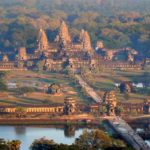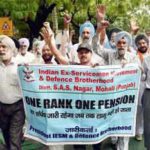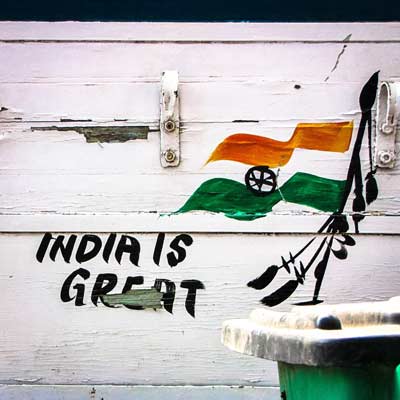
No matter how much we’ve read about our country, it’s never enough. But our generation likes to reveal the things that are short, quick and informative. Thus, on our Independence Day, we summed up few of amazing and interesting facts about India’s independence that we think every Indian should know.
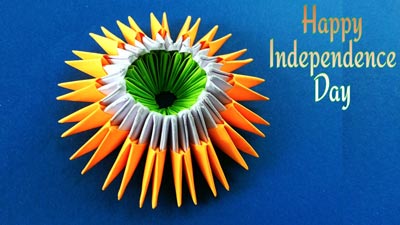 Three more countries also shares their Independence Day with us, South Korea (from Japan, in 1945), Bahrain (from UK, in 1971) and Congo (from France, in 1960).
Three more countries also shares their Independence Day with us, South Korea (from Japan, in 1945), Bahrain (from UK, in 1971) and Congo (from France, in 1960).
The celebrations of Independence Day are officially carried out every year at Red Fort, Delhi, a tradition believed to be followed since 15th of August, 1947. However, the Lok Sabha secretariat has published a research paper stating that the then Prime Minister of India, Nehru unfurled the Indian Flag and spoke from the Red Fort on 16th of August, 1947, not 15th of August, 1947.
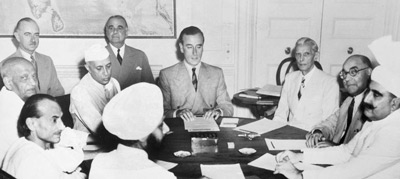 Sir Cyril Radcliffe, a London lawyer who had drawn the border between India and Pakistan.
Sir Cyril Radcliffe, a London lawyer who had drawn the border between India and Pakistan.
15th of August, 1947 was chosen by Lord Mount Batten to commemorate the victory of Allied Forces he commanded over Japan in WW-II on 15th of August, 1945.
When everyone else was in the celebrations of Independence, Mahatma Gandhi did a fast for the entire day in Calcutta, witnessing the flames of communal violence between the Muslims and Hindus in Bengal.
Lord Mount Batten, in the capacity of last viceroy of British India, was forced to attend the Independence Day functions in both India and Pakistan, thus shifting the Independence Day of Pakistan to 14th of August, 1947, one day ahead to India’s, to avoid inconvenience.
Goa was annexed to the Country as an Indian State, only on the 19th of December, 1961, as it was earlier declared as a Portuguese state during the Independence of India in 1947.
After the independence, 560 princely states became a part of the Indian Union and Hyderabad was the last of them.
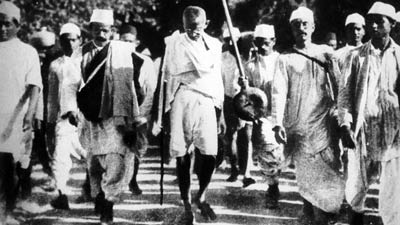 The most remarkable years of the India’s Independence
The most remarkable years of the India’s Independence
Year 1857 – Witnessed the most prominent freedom movement against the Britishers.
Year 1929 – Witnessed the “Civil Disobedience Movement”, an initiative of complete ignorance of the British Government orders.
Year 1930 – “Dandi march”, also known as “Salt march” or “Dandi Satyagraha”, a part of civil disobedience movement with 24 days of march to produce salt from sea water in the coastal village of Dandi.
Year 1942 – Witnessed the “Quit India Movement”, to spread the non-violent struggle all over India towards the freedom.
On the day of Independence

The Independent India’s National Flag was hoisted on the midnight of 14-15th August, 1947 at the top council house, which was later renamed as “Parliament Bhavan”.
Pandit Jawaharlal Nehru became the First Prime Minister of Independent India and hoisted the National Flag at Red Fort, Delhi along with the First Cabinet of India with a group of 13 ministers who had taken the oath.
Indian National Anthem
There was no National Anthem during the time of India’s Independence.
Written by Rabindranath Tagore in 1911, but was officially adapted in 1950.
Initially “jana gana mana” was drafted to pay homage to King George V.
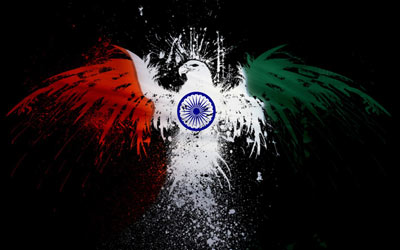 Indian Tri-colour Flag
Indian Tri-colour Flag
The idea and design of our very own flag was by a freedom fighter, Pingali Venkayya.
It is said to be first hoisted on 07th of August, 1906 at Parsee Bagan Square (Green Park) in Calcutta.
The first Tri-colour to be raised on a foreign soil was in Germany, by Bhikhaji Rustom Cama on 22nd of August, 1907, but was of different version than the original one, was consisting of three colors with “Vande Mataram” inscribed on it, top being Green, followed by Golden Saffron in the middle and Red at the bottom.
Khadi is the only material allowed in manufacturing of the national flag, using any other material is a punishable offence as per the Indian Law.
The manufacturing right is held by the one and only “Khadi Development and Village Industries Commission”, who inturn allocates to the regional circles. As of the year 2009, “Karnataka Khadi Gramodyoga Samyukta Sangha” was the sole manufacturer of the Flag.

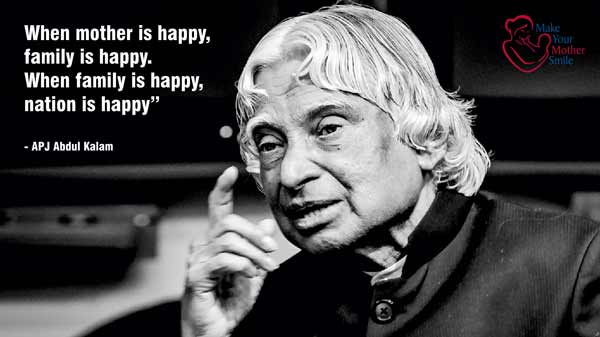

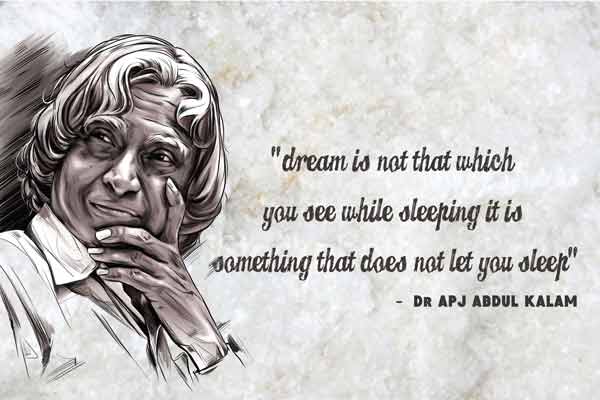

 1. THE TAJ MAHAL WAS BUILT TO HONOR THE FAVORITE WIFE OF AN EMPEROR.
1. THE TAJ MAHAL WAS BUILT TO HONOR THE FAVORITE WIFE OF AN EMPEROR.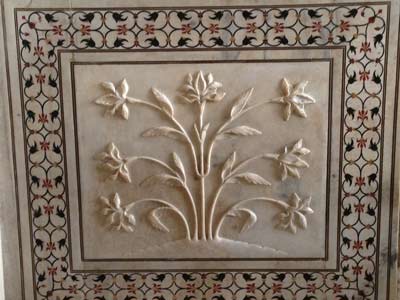 4. THE PALACE WAS DESIGNED SO THAT EVERYTHING WOULD FALL AWAY FROM THE TOMB IN THE EVENT OF A COLLAPSE.
4. THE PALACE WAS DESIGNED SO THAT EVERYTHING WOULD FALL AWAY FROM THE TOMB IN THE EVENT OF A COLLAPSE. 8. THE TAJ MAHAL’S CALLIGRAPHER SIGNED HIS WORK WITH A SELF-DEPRECATING TITLE.
8. THE TAJ MAHAL’S CALLIGRAPHER SIGNED HIS WORK WITH A SELF-DEPRECATING TITLE. 10.SHAH JAHAN WAS NOT PERMITTED TO ENTER THE TAJ MAHAL DURING THE FINAL YEARS OF HIS LIFE.
10.SHAH JAHAN WAS NOT PERMITTED TO ENTER THE TAJ MAHAL DURING THE FINAL YEARS OF HIS LIFE.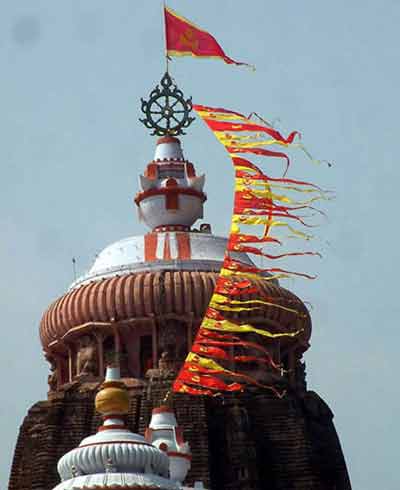

 2.A priest climbs the dome of the temple which stands a tall as a 45 story building and changes the flag every day since 1800 years temple has following the ritual and there is a myth if it is not changed the temple must be shut for the next 18 years.
2.A priest climbs the dome of the temple which stands a tall as a 45 story building and changes the flag every day since 1800 years temple has following the ritual and there is a myth if it is not changed the temple must be shut for the next 18 years.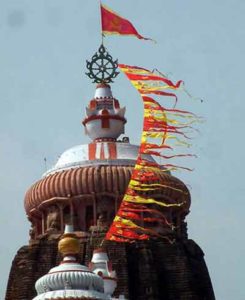 3.The flag which is located at the top of the temple dome always fly in the opposite direction of air flow.
3.The flag which is located at the top of the temple dome always fly in the opposite direction of air flow. 4.Normally the daytime the breeze from sea comes to land and the opposite occurs in the evening but in Puri. it is observed to be just in the reverse.
4.Normally the daytime the breeze from sea comes to land and the opposite occurs in the evening but in Puri. it is observed to be just in the reverse.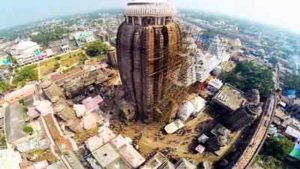 6.The temple is constructed in such a way that the shadow of the main dome of the temple can’t observed at any given time.
6.The temple is constructed in such a way that the shadow of the main dome of the temple can’t observed at any given time. 7.In Jaganathan Temple kitchen 7 pots are kept one on the top of one another and cooked on fire wood. In the process the contents in the top pot cooked first and the bottom one…The Quantity of Food inside the temple remains same for the entire year but the same quantity. of food can feed from 2000 peoples to 20 lakh people still it won’t get insufficient or wasted.
7.In Jaganathan Temple kitchen 7 pots are kept one on the top of one another and cooked on fire wood. In the process the contents in the top pot cooked first and the bottom one…The Quantity of Food inside the temple remains same for the entire year but the same quantity. of food can feed from 2000 peoples to 20 lakh people still it won’t get insufficient or wasted.


